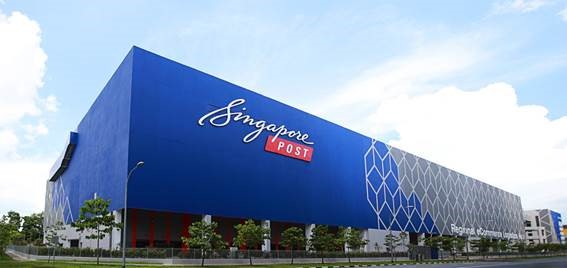
Cathay wants a cargo hub to call home
Defining what home means in Hong Kong has been tricky ever since the city took off 130 years ago as a free port for adventurers.
Now the most effective, orderly service stop on the China coast, its survival rests on judging – or misjudging – the heaving forces of production and distribution just across the border with the mainland, in China's Pearl River Delta.
For planners at Hong Kong's home airline, Cathay Pacific, that means finding the right growth projections and being able to act on them.
It "neither expects nor receives any special treatment as the home carrier," said Ron Mathison, director and general manager of cargo at Cathay Pacific, but it laments that it is the only major home airline without its own cargo hub.
Cathay wants to build its own self- handling cargo terminal at Hong Kong International Airport, with as much as 2.5 million tons of capacity by 2009 and 5 million tons by 2018. This would be the world's largest cargo terminal.
But Hong Kong Air Cargo Terminals is loath to lose the client, which, with Cathay's subsidiary Dragonair, uses 43 percent of the cargo company's facilities at the airport now.
Both companies are awaiting a decision by Hong Kong's airport authority.
Hong Kong Air Cargo wants an "open and genuinely consultative process that considers and takes account of the views of all the air cargo community shareholders in the context of what is in the best interests of Hong Kong," said Warren Bishop, its director of corporate development.
Cathay Pacific expects a tender process for the new terminal and is confident it can marshal the arguments to win. The debate comes down to judging mainland capabilities.
"We believe that there is no current need to increase additional cargo capacity" at Hong Kong International, Bishop said. Existing capacity at the airport, he said, is already set to increase from 4.3 million tons to 5.3 million tons. "Even based on the most optimistic growth forecasts, additional capacity is not needed until 2013," he said.
In the cargo company's best-case scenario, compound annual growth is estimated at 8.5 percent from 2005 to 2008 and 7.4 percent from 2008 to 2015.
At a minimum, growth is expected at 5 percent from 2005 to 2008 and 5.3 percent from 2008 to 2015.
"We believe that with the new facilities recently introduced in Guangzhou and the introduction of new freighter capacity in Shenzhen, the base forecast is the most likely," Bishop said.
"We think that the majority of the growth will be coming from the PRD markets," Bishop said, referring to the Pearl River Delta, while growth coming from Hong Kong will be only around 4 percent in the next 10 years, he said.
Arguing that Pearl River Delta airports are gaining ground and will absorb a lot of projected growth is just not a Hong Kong frame of mind, Cathay argues, refusing to give in to mainland competition so easily.
Figures show that Hong Kong Air Cargo Terminals "will be at full capacity by 2009, and we will be experiencing serious service degradation if we don't have a new facility ready by then," Mathison said.
Cathay has lamented the costs of using the cargo company and the lack of transshipment facilities that it said are necessary for growth.
"The threat to HKIA from new airports in the Pearl River Delta is real," Mathison said, referring to Hong Kong's international airport, which is why Cathay needs to "make Hong Kong more competitive as a transit hub for cargo originating from the PRD manufacturing centers."
Cathay is not alone in its bullishness.
DHL Express has its own terminal in Hong Kong and predicts double- digit cargo growth for the foreseeable future, according to Charlie Dobbie, an executive at DHL Express Asia Pacific.
That is why DHL accelerated the expansion at its Hong Kong hub, initiating 110 million USD worth of work last October, six years sooner than scheduled, to double its capacity to 35,000 square meters, or 377,000 square feet.
"Anyone who expands at that airport, we think it's positive," Dobbie said.
Cathay Pacific argues that if it can take its business out of the cargo company, the company will cut cargo costs to survive, benefiting clients.
E-mail: [email protected]













